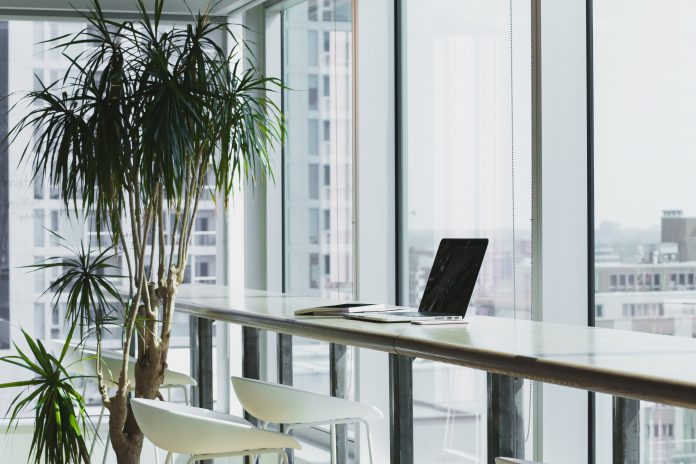In this Q&A, Marcus Beaver, UKI Country Leader at Alight Solutions, looks at the demands of the modern office and answers
 In pre-pandemic times, offices were the beating heart of a company. How are things different now?
In pre-pandemic times, offices were the beating heart of a company. How are things different now?
Offices used to be places where staff would work, meet, and socialise. Employees could quickly catch-up over a coffee or stick around for after-work drinks. Talent is the beating heart of a company. But with the rise of remote working, many employees have proven they can get the job done from anywhere, and it’s no longer important where employees work day-to-day. It’s about having the right skills to achieve the business goals, and employees have proven they can get the job done efficiently, from anywhere. Working from home and hybrid work environment look certain to be around for ever. The stark fact remains that the vast majority of employees feel healthier, happier and more productive now that they have experienced a taste of working from home. Employers are starting to recognise this and provide flexibility to ensure they retain and attract top talent moving forward out of the pandemic.”
What are the business benefits to having a modern office?
A modern office can do wonders for a business to promote collaboration, innovation, and creativity. With the right spaces, employees can feel inspired. It’s why the office of the future should be developed with the employee experience in mind.
But businesses need to revisit what their office spaces are used for. It’s clear that staff don’t need to come in to stare at their screens and remain at their desks all day and it’s about having more than just a room fit only for function with endless rows of desks and computer screens. It’s one of the reasons so many younger workers want to work at the likes of Facebook and Google; they are cool and exciting.
With a balance of productivity, collaboration, and socialisation, employers can get it right and entice employees back into office and attract new recruits. The best way to get people back to workplaces isn’t to force them to – it’s to make them want to.
What are the must-haves in a modern office?
Offices need to offer what people can get from working at home: no longer can they simply offer a computer and a desk. The focus needs to be on encouraging a space where colleagues can collaborate and work as teams. A space with comfortable sofas where people can talk to colleagues is a great alternative for quick meetings or catch-ups that would otherwise require a meeting room with a stronger sense of formality that isn’t always appealing or perhaps even as productive.
A great way to foster collaboration could be incorporating a large dining table where teams can have lunch together and take a breather from work, which can do wonders to strengthen team bonds. Small things as simple as offering free snacks to staff members or free refills for fizzy drinks and water are a great way to entice people back. A breakfast bar that offers nutritious and delicious food to employees can also be a great way to start the day in the right mindset. Things that bring comfort that employees may not have at home.
It’s not that there are any specific ‘must-haves’ for offices, but making spaces feel more homely, rather than rows of endless desks, to help workers relax and feel more at ease.”
What are the best ways to foster collaboration?
Managers should lay out the overall objectives of the business to their teams and ensure communication channels are kept open and they are approachable as needed. There’s also a level of trust that needs to be put in place. Managers need to trust in their teams and their abilities to manage their tasks and projects, without a constant need of attention to check on progress. The team have been hired to do the job and should be trusted they can perform without ongoing inspection from above.
In workspaces, it’s about making offices more comfortable, cozy, and homely. Providing people with breakout spaces to foster a positive company culture of collaboration, and after work events like team building trips or as simple as ‘drinks in the office after work’. Businesses depend on their employees and must listen to what they want if they wish to promote collaboration. Happy workers are productive workers.
What is the best way to get people back to workplaces?
A phased approach will help staff ease into office life. But when laying out ground rules, don’t over-engineer solutions. Putting people into boxes is the wrong approach. You must let individuals engage in open dialogue to choose what will make them most comfortable when returning to the office environment.


